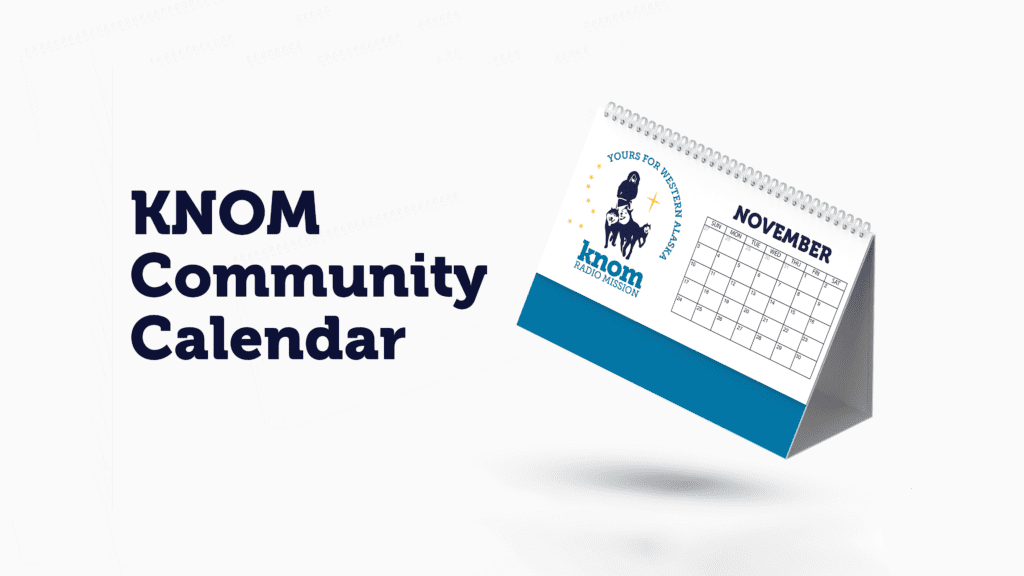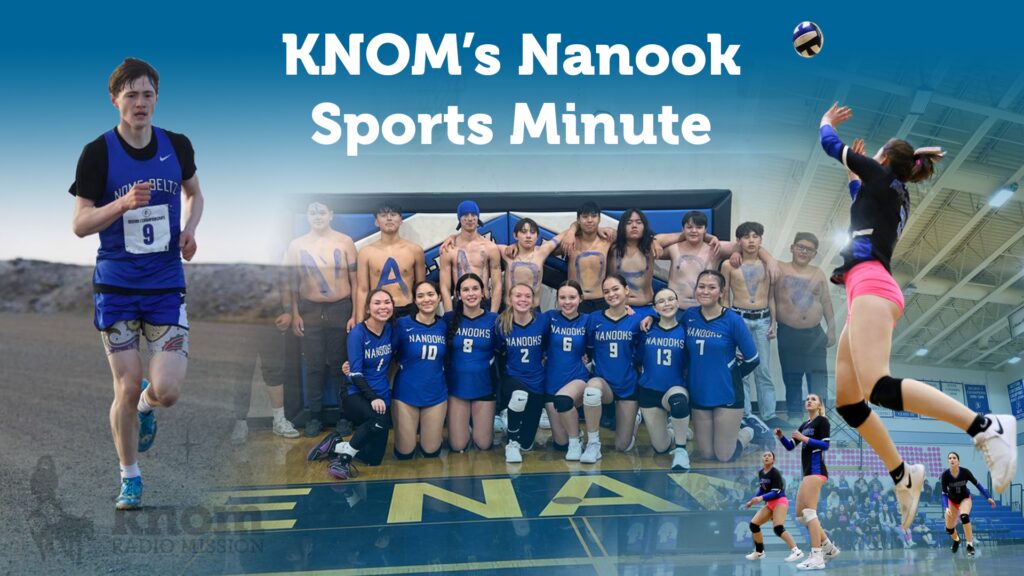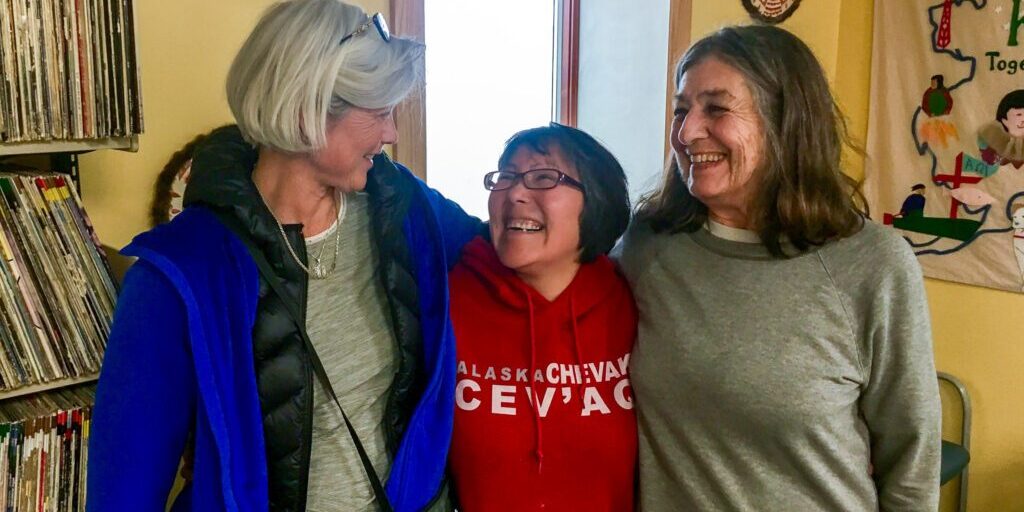The landscape looked just like Western Alaska, but to stand there felt like “being on a different planet,” one Nome man said.
Nearly 30 years ago, Alaska Native leaders, a handful of Nome residents, and media took part in a brief but historic flight crossing the boundary between the Soviet Union and the United States. The twenty-minute journey landed them in Provideniya, a city in Russia’s easternmost district, Chukotka. At the narrowest point, only 2.4 miles separated the two countries, but for four decades during the Cold War, the “Ice Curtain” that bifurcated the Bering Strait had separated families and split in two a people with a common history, language, and culture.
This “friendship flight” marked the beginning of a drastic transformation in the relationship between the US and the USSR. The flight reunited family members who, in some cases, hadn’t seen each other in 40 or 50 years. Long-estranged relatives conversed in their common Native language, catching up on a half century of family history. This special story, and others like it, are retold in a special, three-part series of KNOM’s Story49, piecing together a fascinating history of life on both sides of the Ice Curtain.

The friendship flight was only one of a series of interactions between Western Alaska and Chukotka during the end of the Cold War and in the decades since. Alaska Native dance ensembles and elders, gospel and jazz performers, and even a long-distance swimmer were all among those who carried goodwill and sparked reunions across the US-Russia border.
That border, in the decades after the fall of the USSR, has gone through cycles of openness and “bureaucratic, burdensome” difficulty, says one source in Story49. But even amid the resurgent red tape and expenses related to traveling through the Bering Strait border in 2017, there have been remarkable reunions of family and culture.
One current Nome resident, Ludmilla Kinok, was originally born in Russia and grew up listening, on her father’s radio, to the AM signals that were spilling across the Bering Strait from Alaska. KNOM was among them. As she began to visit Alaska on religious missions, she found joyful, powerful cultural connections, especially on St. Lawrence Island, where subsistence lifestyles were similar to what she knew in Russia — except with less government intervention in deciding who could practice subsistence culture and who couldn’t. She also found the language of her birth — Siberian Yup’ik, a language with its heart in the Bering Strait region — spoken more readily. “I felt connected right away,” she says.

Vibrant reconnections are also being established between former and current residents of the islands of Big and Little Diomede, straddling the Russia-Alaska border.
KNOM reporter Zoe Grueskin chronicled a special family reunion this summer between Alaska Native family members from both Diomede islands.
These stories, of a resilient culture that transcends national boundaries and politics, have made it to air thanks to your support. You can hear these vignettes of Alaska-Russia history right here at knom.org.
Image at top: Pictured, left to right: travel organizer Tandy Wallack, resident Etta Tall, and documentarian Lourdes Grobet. Etta grew up on the Alaska island of Little Diomede and has family ties to Russia’s Big Diomede island, just 2.4 miles away. Etta traveled with Tandy to a special family reunion years in the making.





